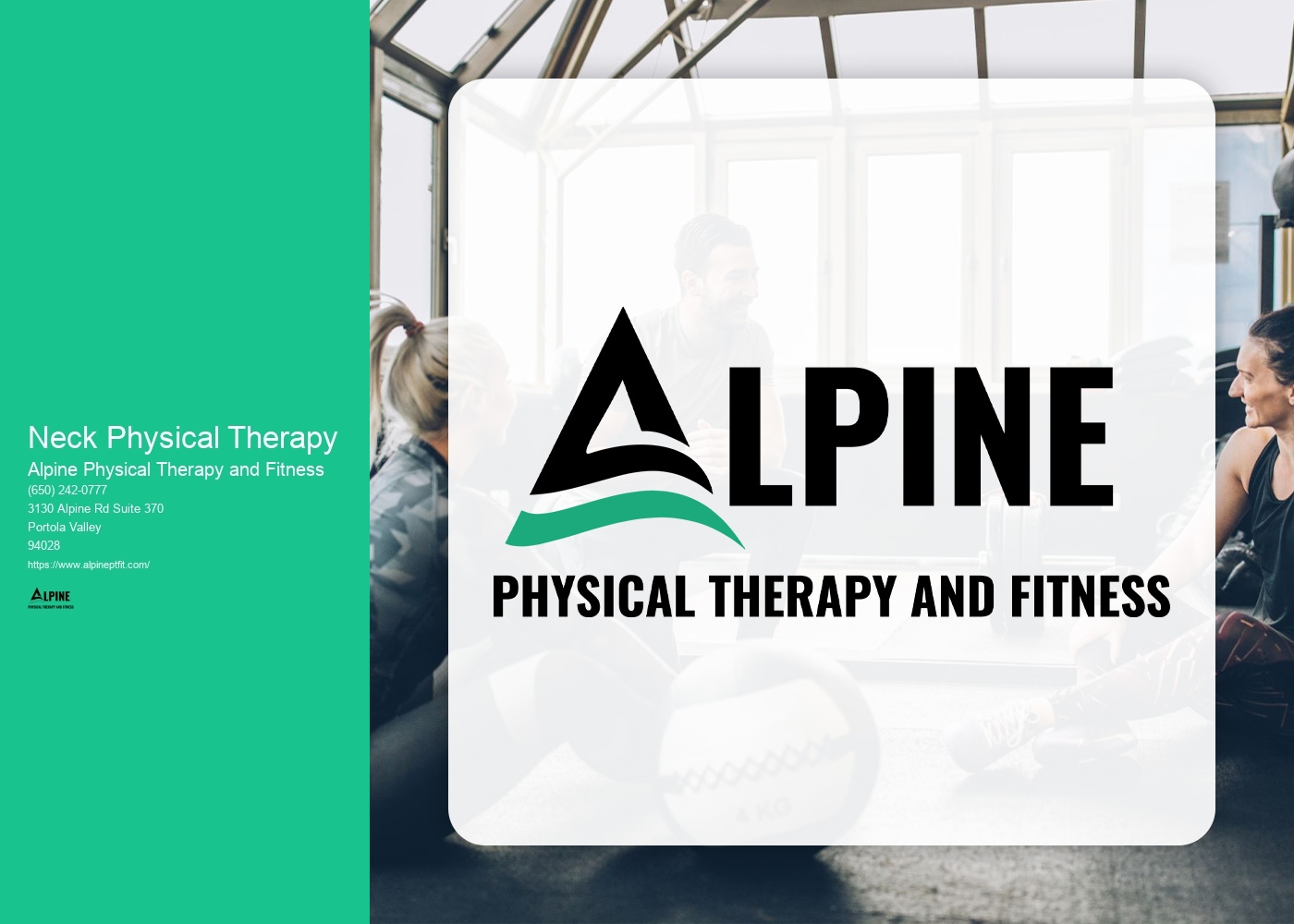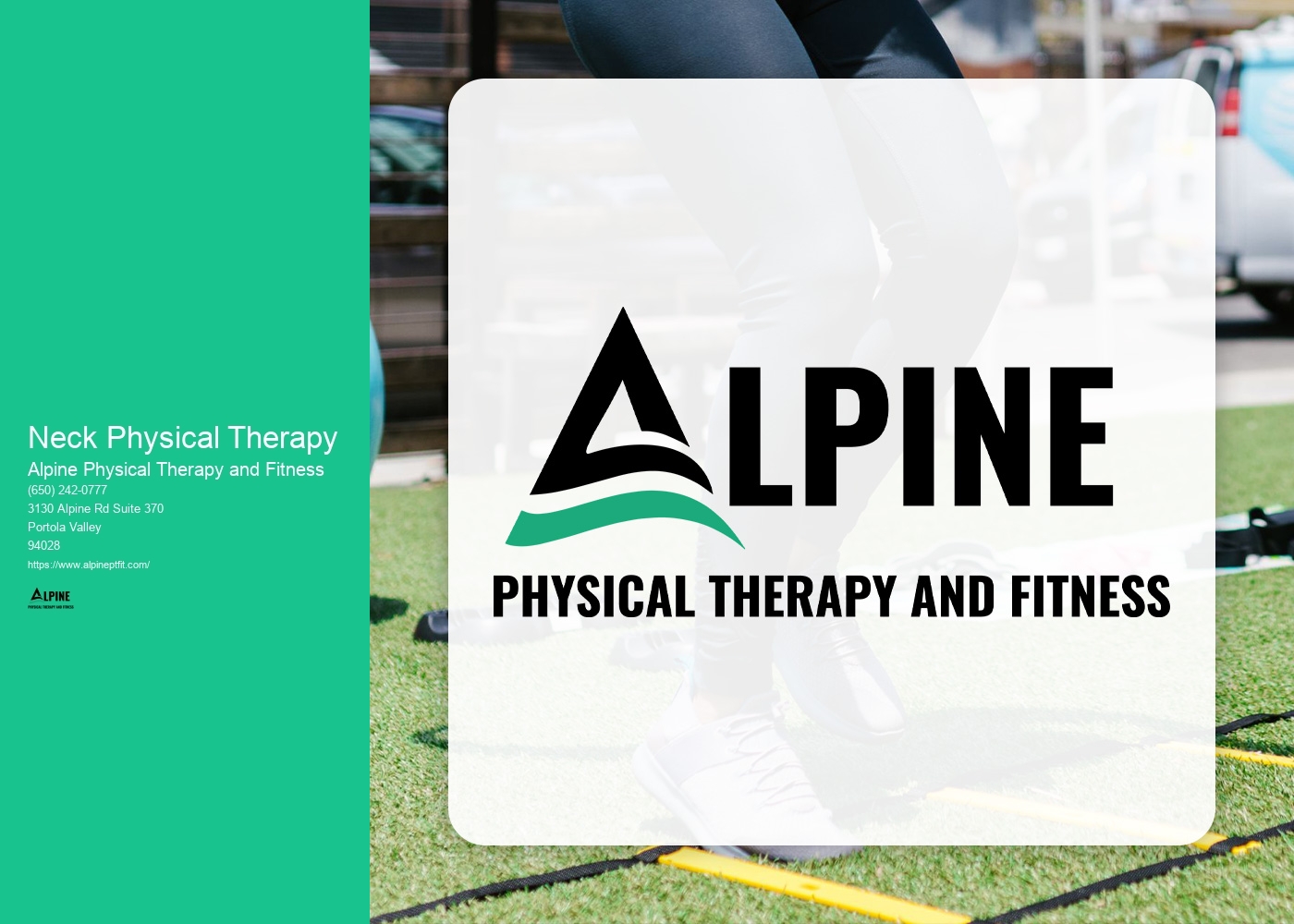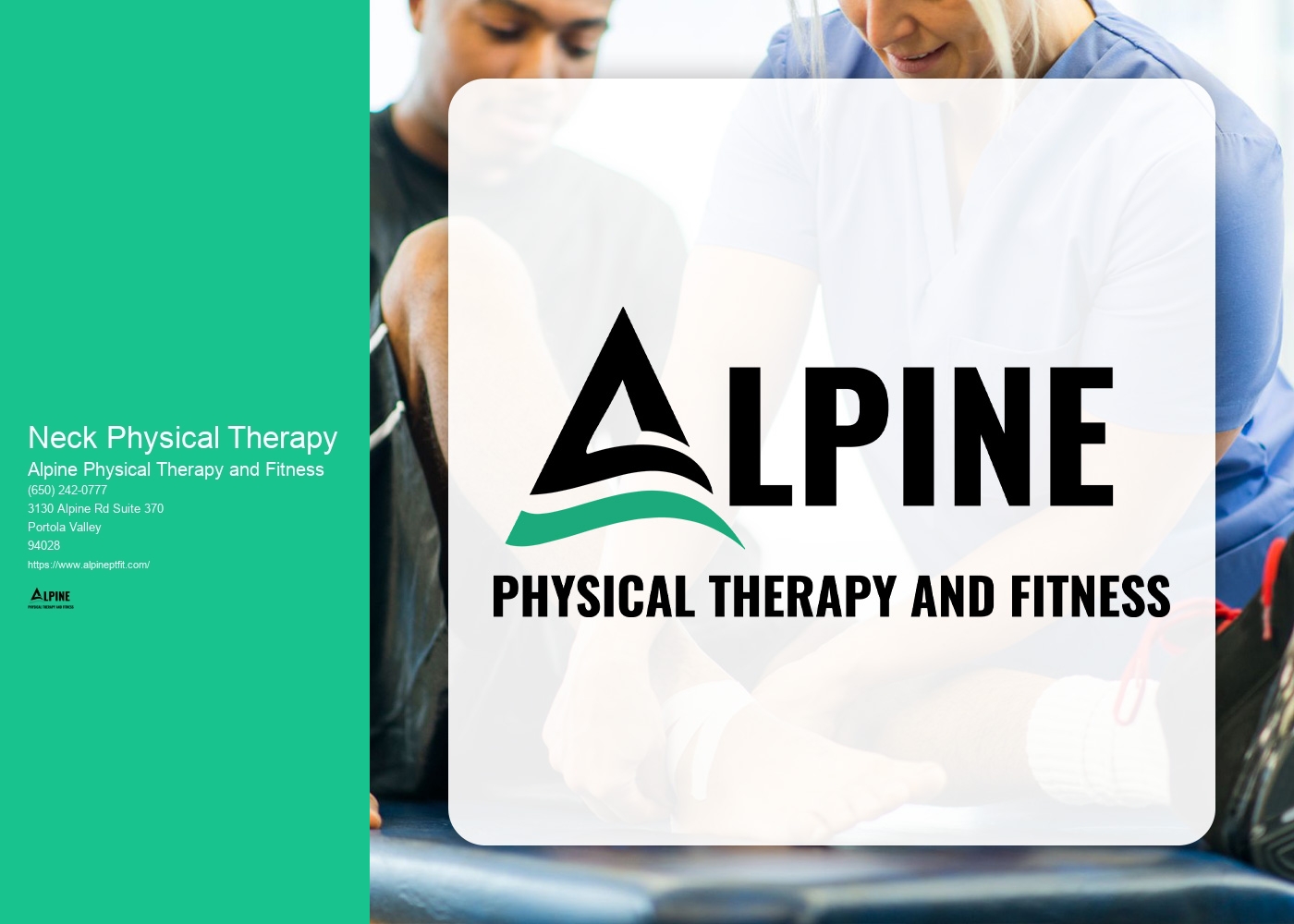

Neck pain can be caused by a variety of factors, with the most common being muscle strain or tension. This can occur due to poor posture, repetitive movements, or holding the neck in an awkward position for an extended period of time. Other causes of neck pain include herniated discs, arthritis, whiplash injuries, and nerve compression. It is important to identify the underlying cause of the neck pain in order to develop an appropriate treatment plan.
Physical therapy can be highly effective in treating neck pain. A physical therapist will assess the individual's condition and develop a personalized treatment plan. This may include a combination of manual therapy techniques, such as joint mobilization and soft tissue massage, to reduce pain and improve mobility. Additionally, physical therapists may prescribe specific exercises to strengthen the muscles supporting the neck and improve posture. They may also provide education on ergonomics and body mechanics to prevent further strain on the neck.
There are several exercises that can help relieve neck pain. One common exercise is neck stretches, where the individual gently tilts their head to the side, forward, and backward to stretch the neck muscles. Another exercise is shoulder rolls, where the individual rolls their shoulders forward and backward to release tension in the neck and upper back. Additionally, gentle neck rotations and chin tucks can help improve mobility and reduce pain. It is important to perform these exercises under the guidance of a physical therapist to ensure proper form and prevent further injury.

To improve neck mobility, specific stretches can be beneficial. These include the upper trapezius stretch, where the individual gently pulls their head to the side with the opposite hand to stretch the muscles along the side of the neck. Another stretch is the levator scapulae stretch, where the individual brings their ear towards their shoulder and slightly rotates their head to stretch the muscles at the back of the neck. Additionally, the scalene stretch can be performed by tilting the head to the side and slightly rotating it to stretch the muscles at the front of the neck. These stretches should be done with caution and under the guidance of a physical therapist to avoid overstretching or causing further injury.
Maintaining good posture is crucial in preventing neck pain. Some tips for maintaining good posture include sitting up straight with the shoulders relaxed and the chin slightly tucked in. It is important to avoid slouching or hunching forward, as this can strain the neck and upper back. When using electronic devices, it is recommended to hold them at eye level to avoid straining the neck by looking down for extended periods of time. Additionally, taking regular breaks to stretch and move around can help prevent muscle tension and stiffness in the neck.

Physical therapy can be highly beneficial in treating neck injuries such as whiplash. Whiplash occurs when the neck is forcefully jerked forward and backward, causing injury to the soft tissues and structures in the neck. Physical therapists can use a variety of techniques to reduce pain and promote healing, including manual therapy, therapeutic exercises, and modalities such as heat or cold therapy. They will also provide education on proper body mechanics and ergonomics to prevent further injury and promote a healthy recovery.
In neck physical therapy, there are several techniques and modalities that may be used. These can include ultrasound therapy, which uses sound waves to promote healing and reduce inflammation in the neck tissues. Electrical stimulation may also be used to relieve pain and improve muscle function. Additionally, manual therapy techniques such as joint mobilization and soft tissue massage can help reduce pain and improve mobility. Physical therapists may also use therapeutic exercises to strengthen the muscles supporting the neck and improve overall function. The specific techniques and modalities used will depend on the individual's condition and treatment goals.

Aquatic therapy has been found to be an effective method for balance training in older adults. The buoyancy provided by the water helps to reduce the impact on joints, making it a safe and low-impact option for individuals with balance issues. The resistance of the water also provides a gentle challenge to the muscles, helping to improve strength and stability. Additionally, the hydrostatic pressure of the water can enhance proprioception and body awareness, which are important factors in maintaining balance. Overall, aquatic therapy offers a unique and beneficial approach to balance training for older adults.
Physical therapy plays a crucial role in the post-surgery rehabilitation for rotator cuff repair. Following a rotator cuff repair surgery, physical therapy aims to restore the strength, flexibility, and range of motion of the shoulder joint. The physical therapist will design a personalized exercise program that includes a combination of stretching, strengthening, and mobility exercises. These exercises target the muscles and tendons surrounding the rotator cuff, helping to improve muscle strength, increase joint stability, and promote healing. Additionally, physical therapy may include modalities such as heat or cold therapy, ultrasound, or electrical stimulation to reduce pain and inflammation. The therapist will also provide education on proper body mechanics and techniques to prevent re-injury. Overall, physical therapy is essential in facilitating the recovery process and optimizing the functional outcomes for individuals undergoing rotator cuff repair surgery.
Physical therapists play a crucial role in working with children who have congenital orthopedic conditions. They employ a variety of specialized techniques and interventions to help improve the physical function and quality of life for these children. Physical therapists work closely with the child and their family to develop individualized treatment plans that address their specific needs and goals. They may use therapeutic exercises, manual therapy techniques, and assistive devices to help improve strength, flexibility, and mobility. Additionally, physical therapists may incorporate activities that promote balance, coordination, and motor skills development. They also provide education and guidance to the child and their family on how to manage their condition and optimize their overall well-being. By working collaboratively with other healthcare professionals, physical therapists ensure comprehensive care for children with congenital orthopedic conditions.
Physical therapy can be highly beneficial for children with Down syndrome. It focuses on improving their motor skills, strength, balance, and coordination. Through a variety of exercises and activities, physical therapists help children with Down syndrome develop their gross motor skills, such as crawling, walking, and running. They also work on fine motor skills, such as grasping objects and using utensils. Additionally, physical therapy can help improve muscle tone and flexibility, which can enhance overall physical function. By addressing these areas, physical therapy can greatly enhance the quality of life for children with Down syndrome, enabling them to participate more fully in daily activities and reach their full potential.
Physical therapy plays a crucial role in assisting individuals with Guillain-Barré syndrome by promoting functional recovery and improving overall quality of life. Through a comprehensive rehabilitation program, physical therapists employ a variety of techniques and interventions to address the specific needs of each patient. These may include exercises to improve muscle strength, range of motion, and balance, as well as gait training to enhance mobility. Additionally, physical therapists may utilize modalities such as electrical stimulation and ultrasound to reduce pain and inflammation. By tailoring treatment plans to the unique challenges presented by Guillain-Barré syndrome, physical therapy helps individuals regain independence, restore physical function, and optimize their overall well-being.
Physical therapists employ a variety of techniques to address sacroiliac joint dysfunction. They begin by conducting a thorough assessment to determine the underlying cause of the dysfunction, which may include muscle imbalances, joint instability, or poor movement patterns. Based on their findings, they develop a personalized treatment plan that may include manual therapy techniques such as joint mobilizations, soft tissue mobilization, and myofascial release to restore proper joint alignment and improve mobility. They also prescribe specific exercises to strengthen the surrounding muscles and improve stability. Additionally, physical therapists may use modalities such as heat or ice therapy, electrical stimulation, or ultrasound to reduce pain and inflammation. Education on proper body mechanics and posture is also provided to prevent future episodes of sacroiliac joint dysfunction. Through a comprehensive and individualized approach, physical therapists aim to alleviate pain, improve function, and enhance the overall quality of life for individuals with sacroiliac joint dysfunction.